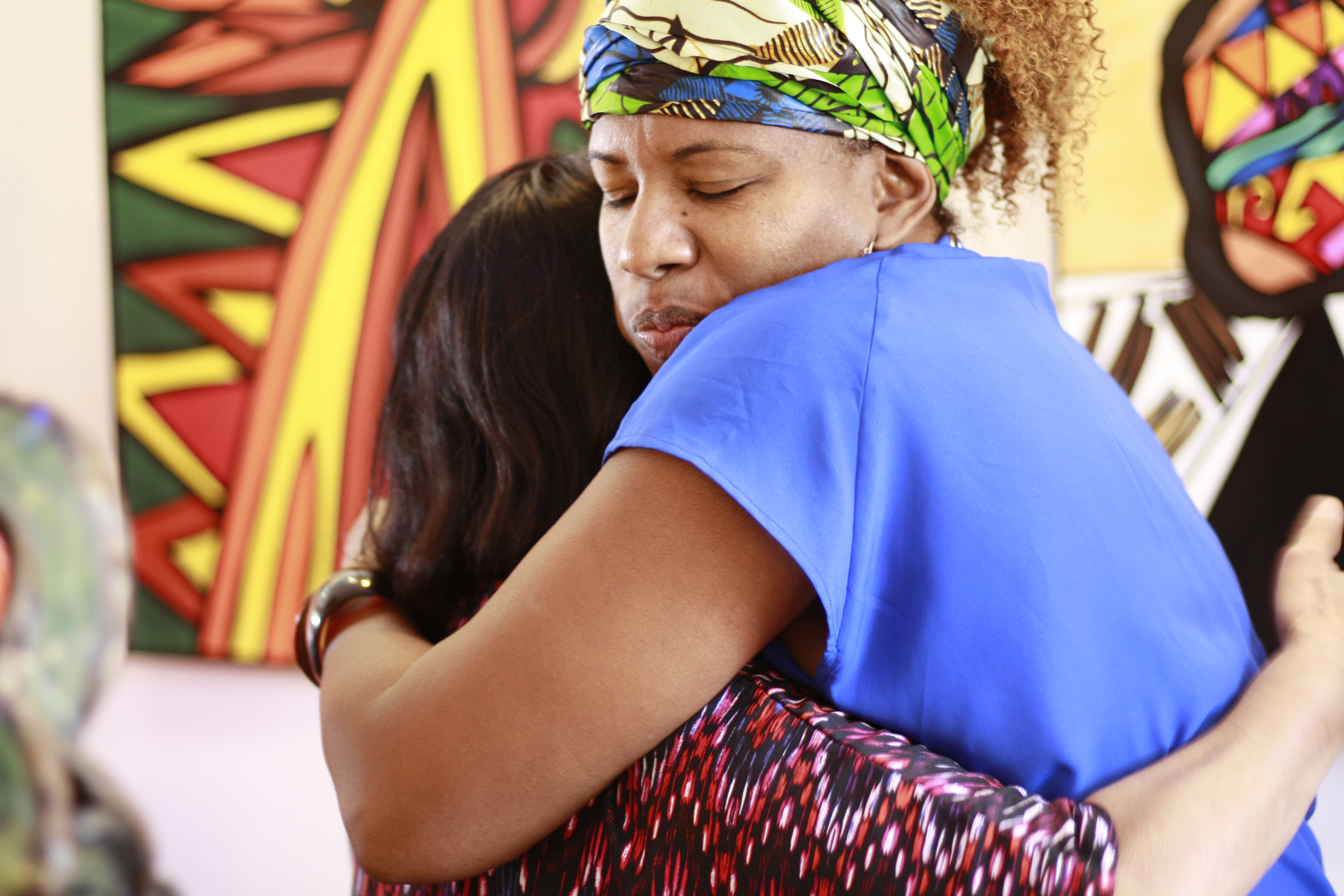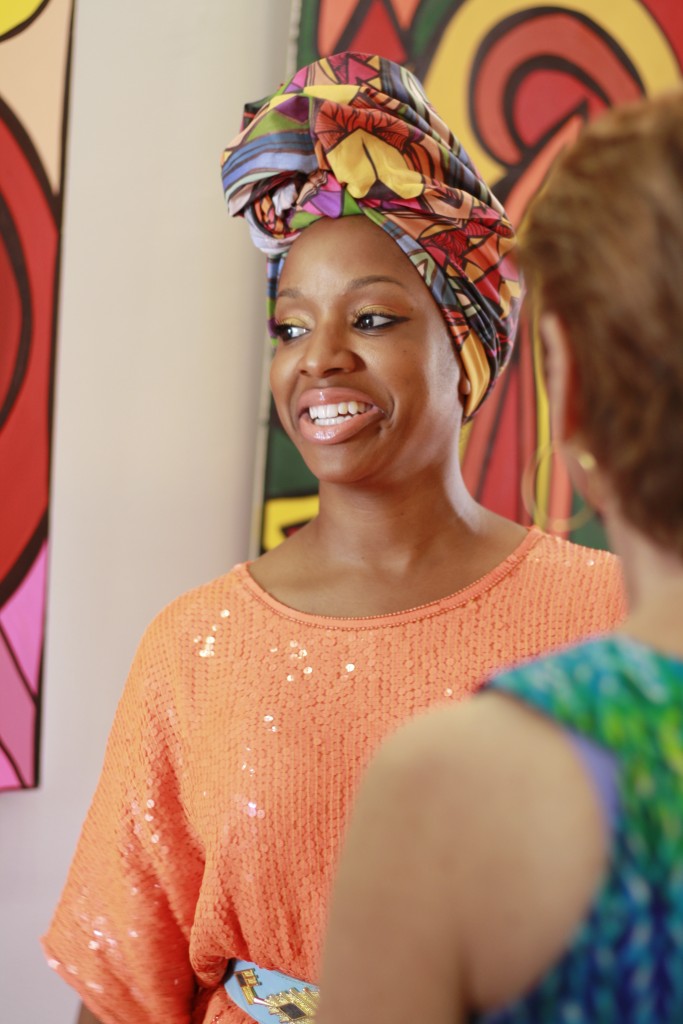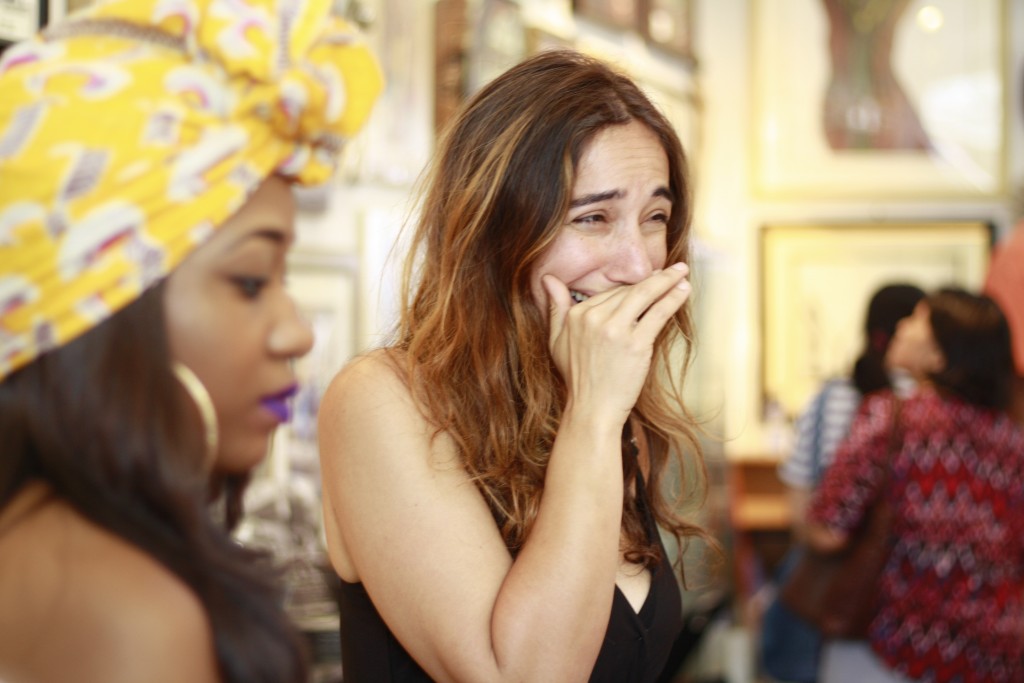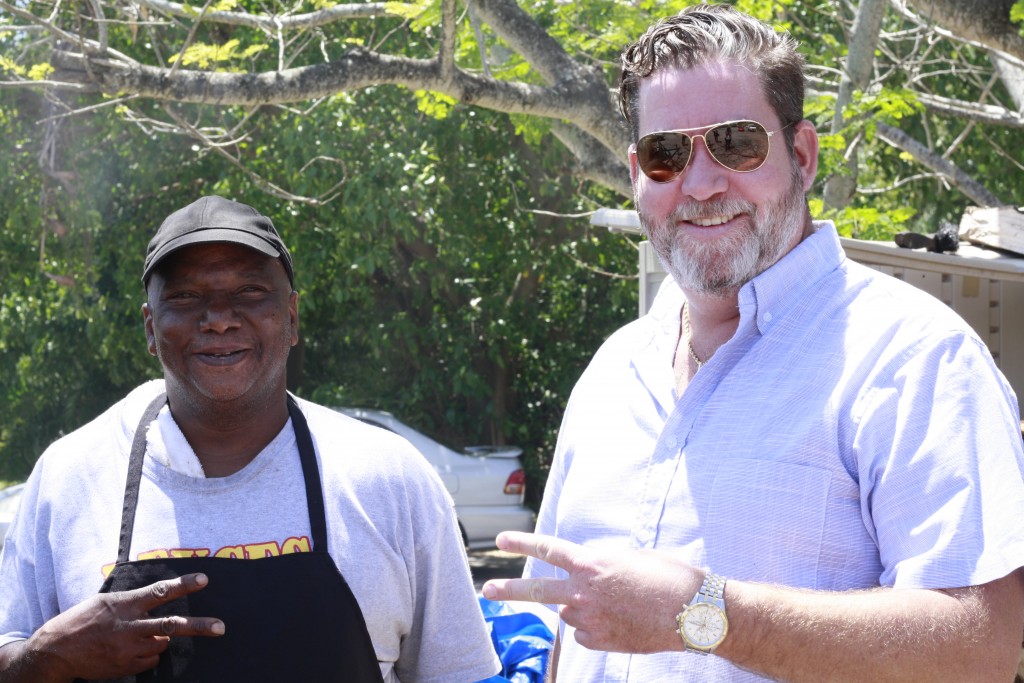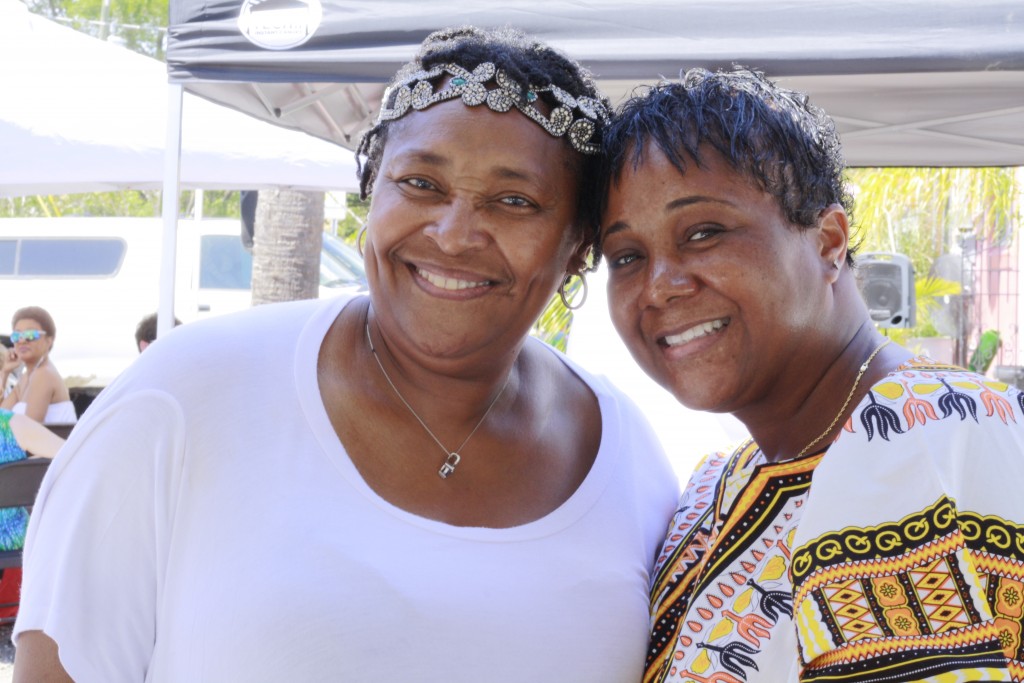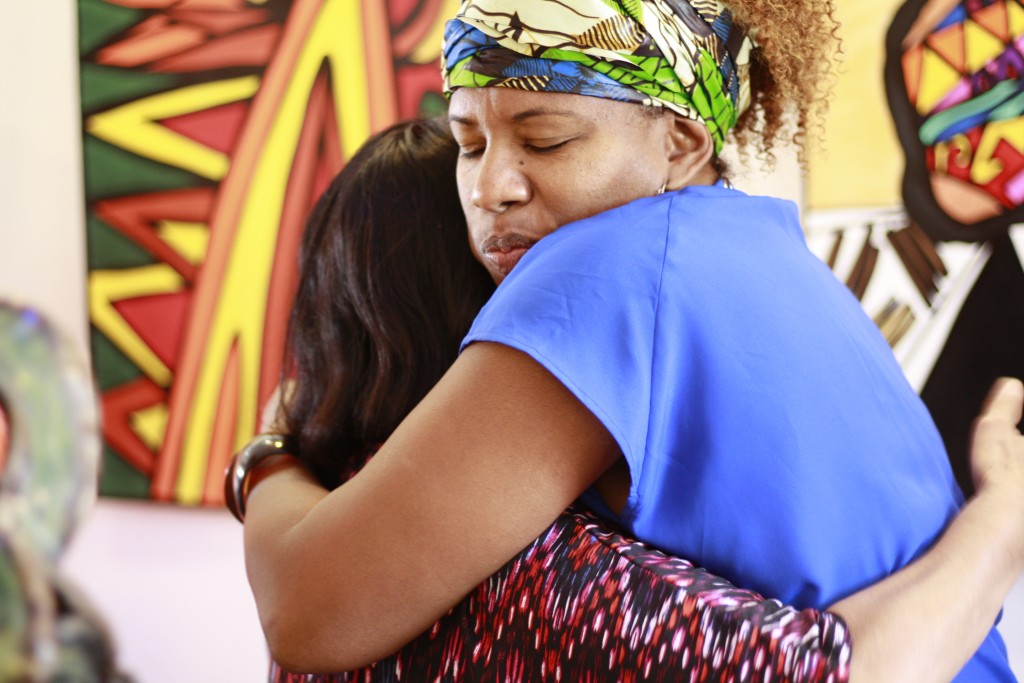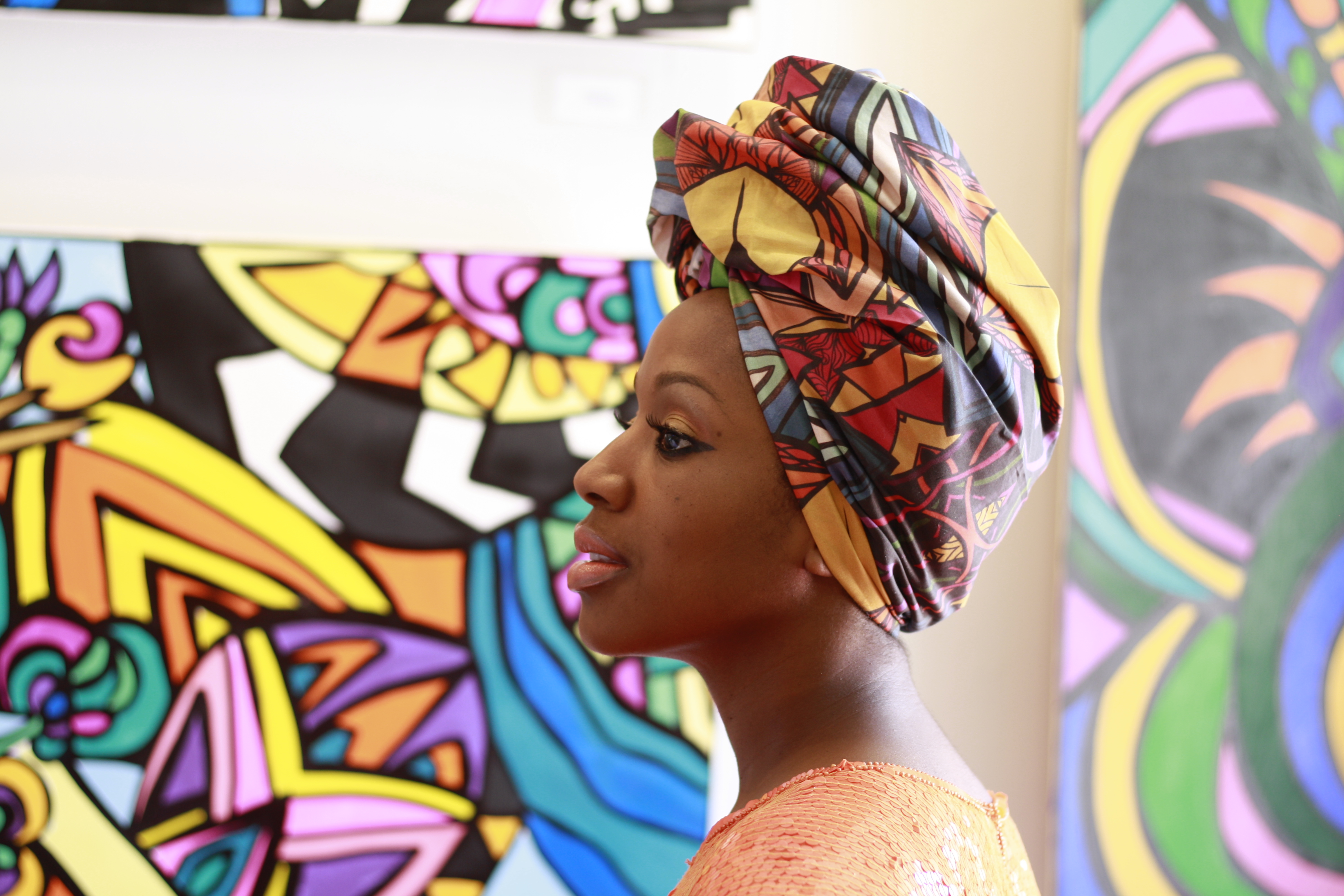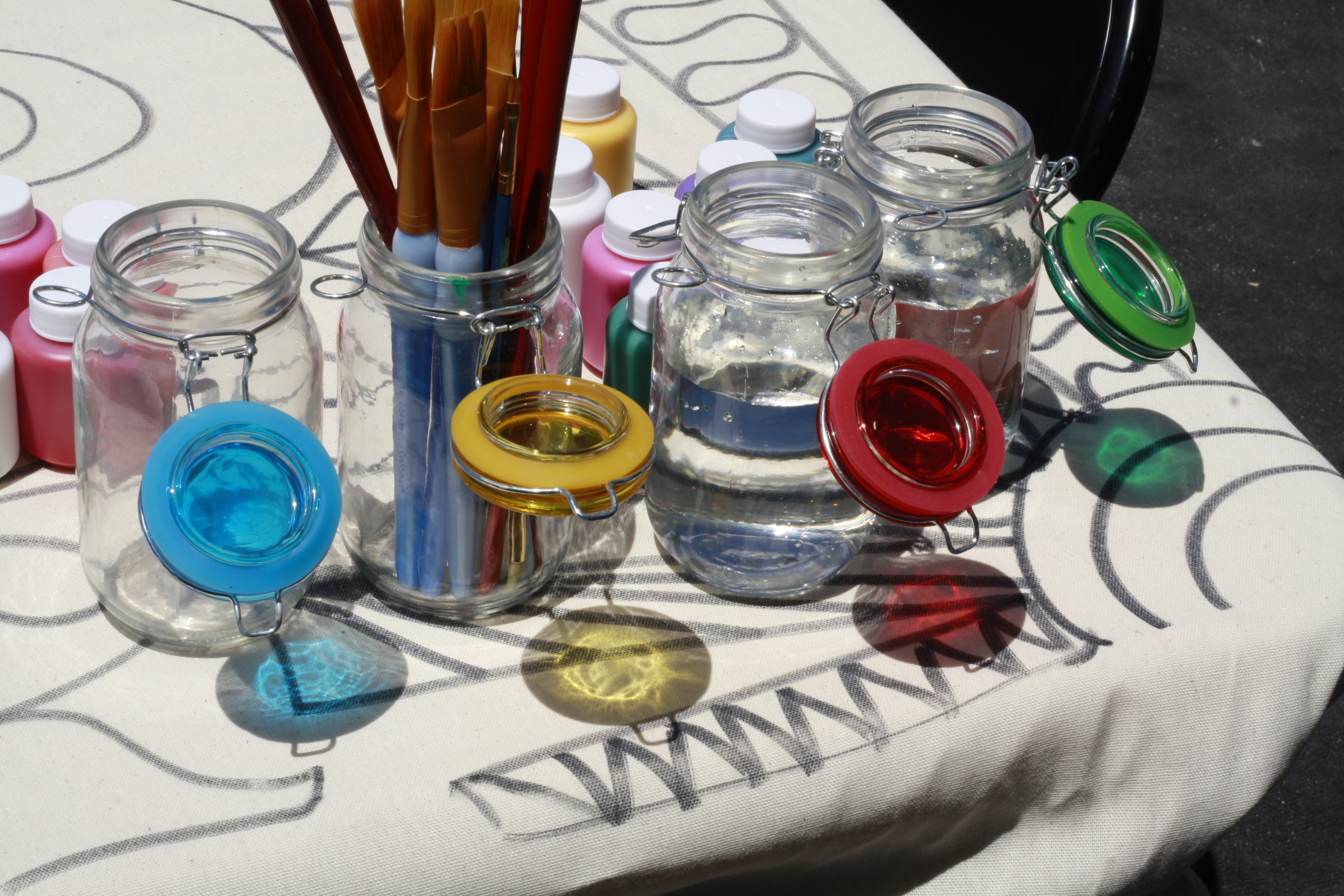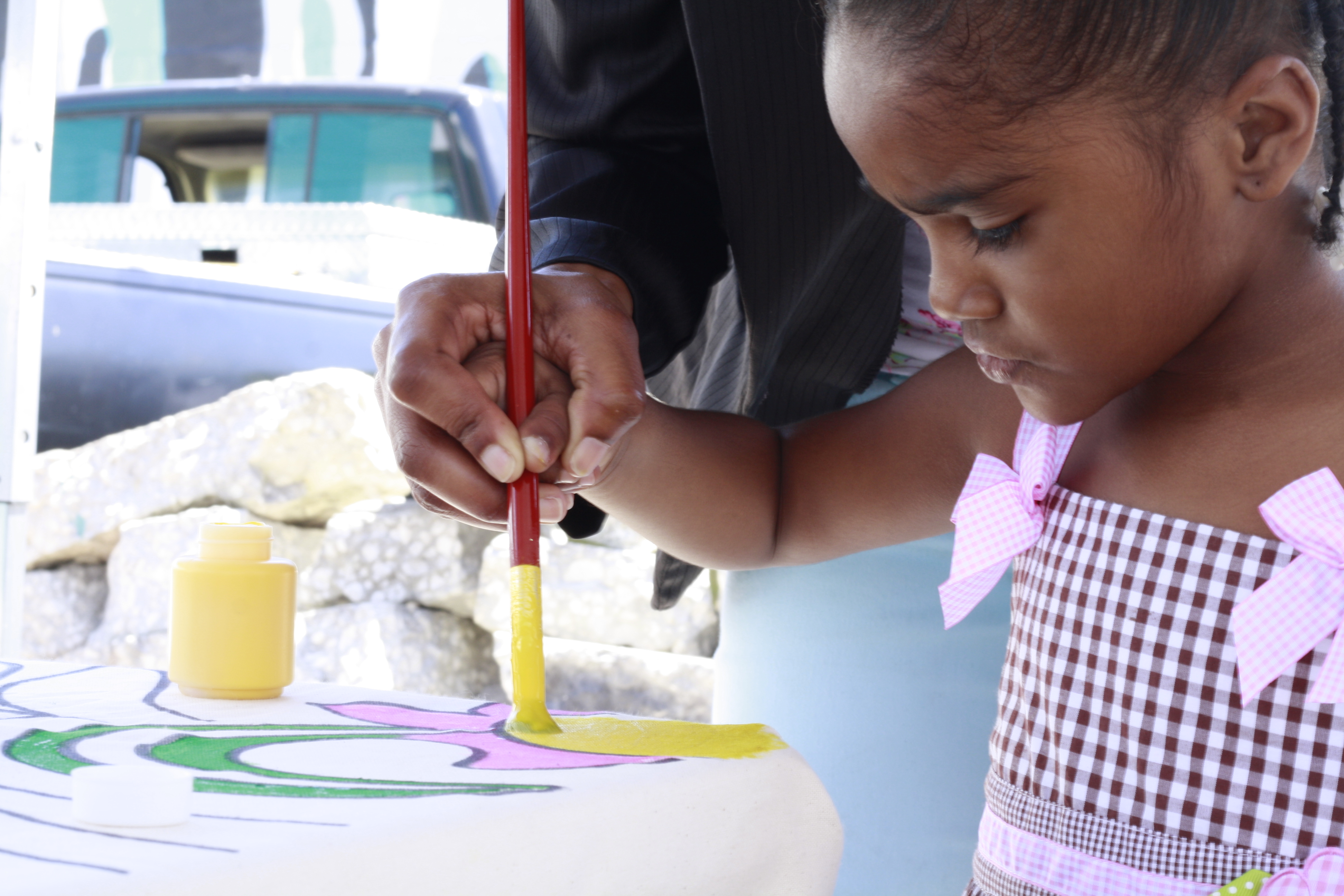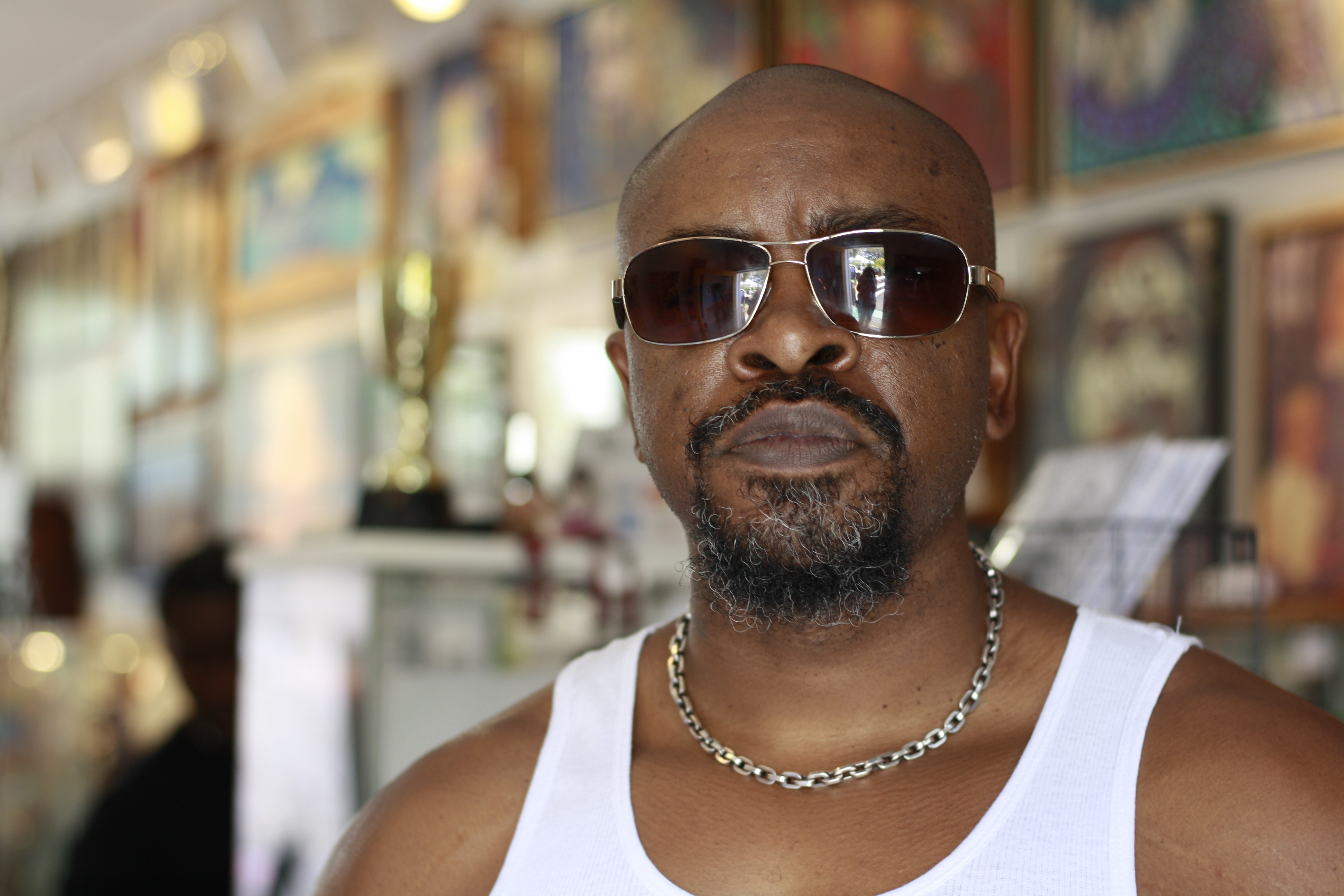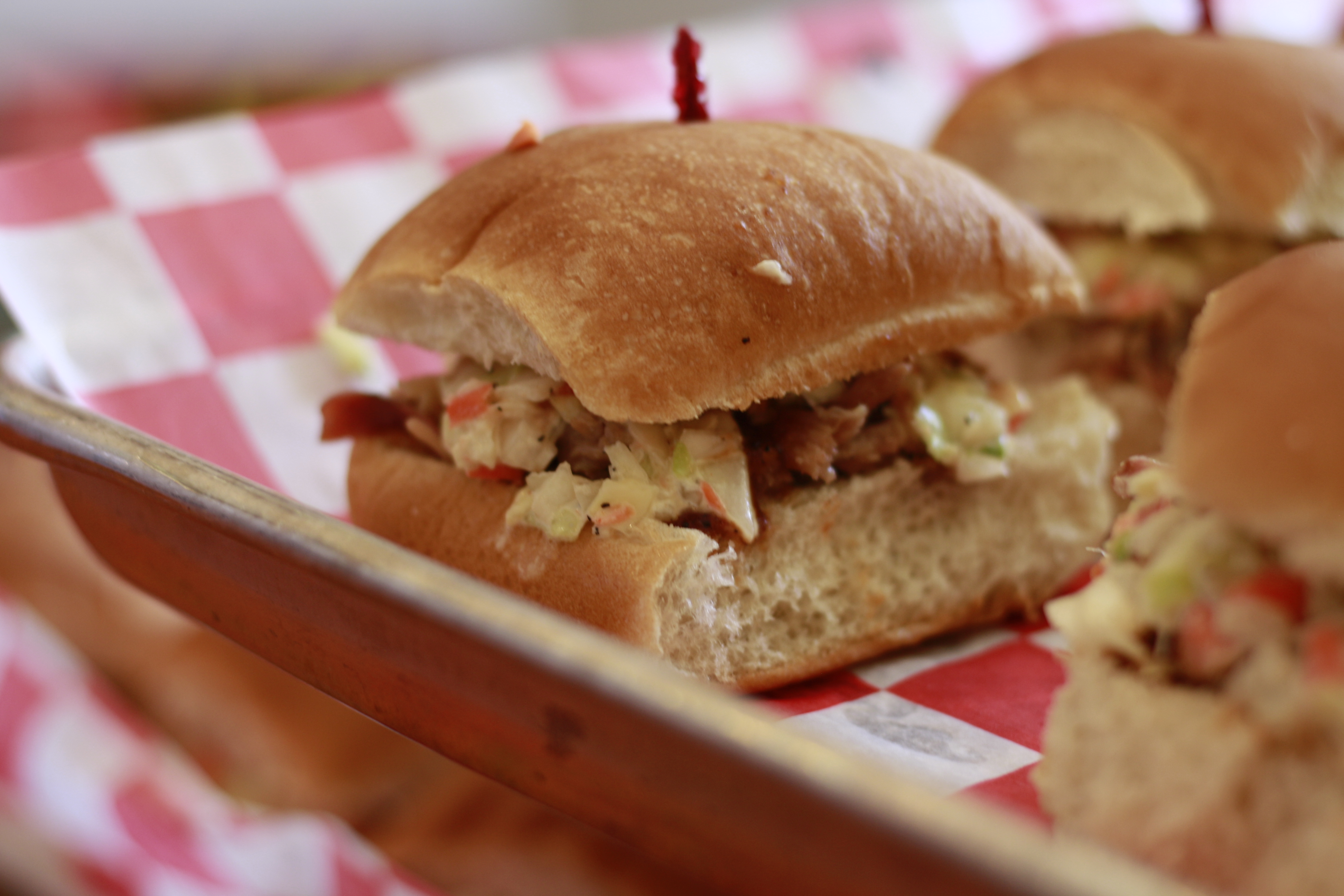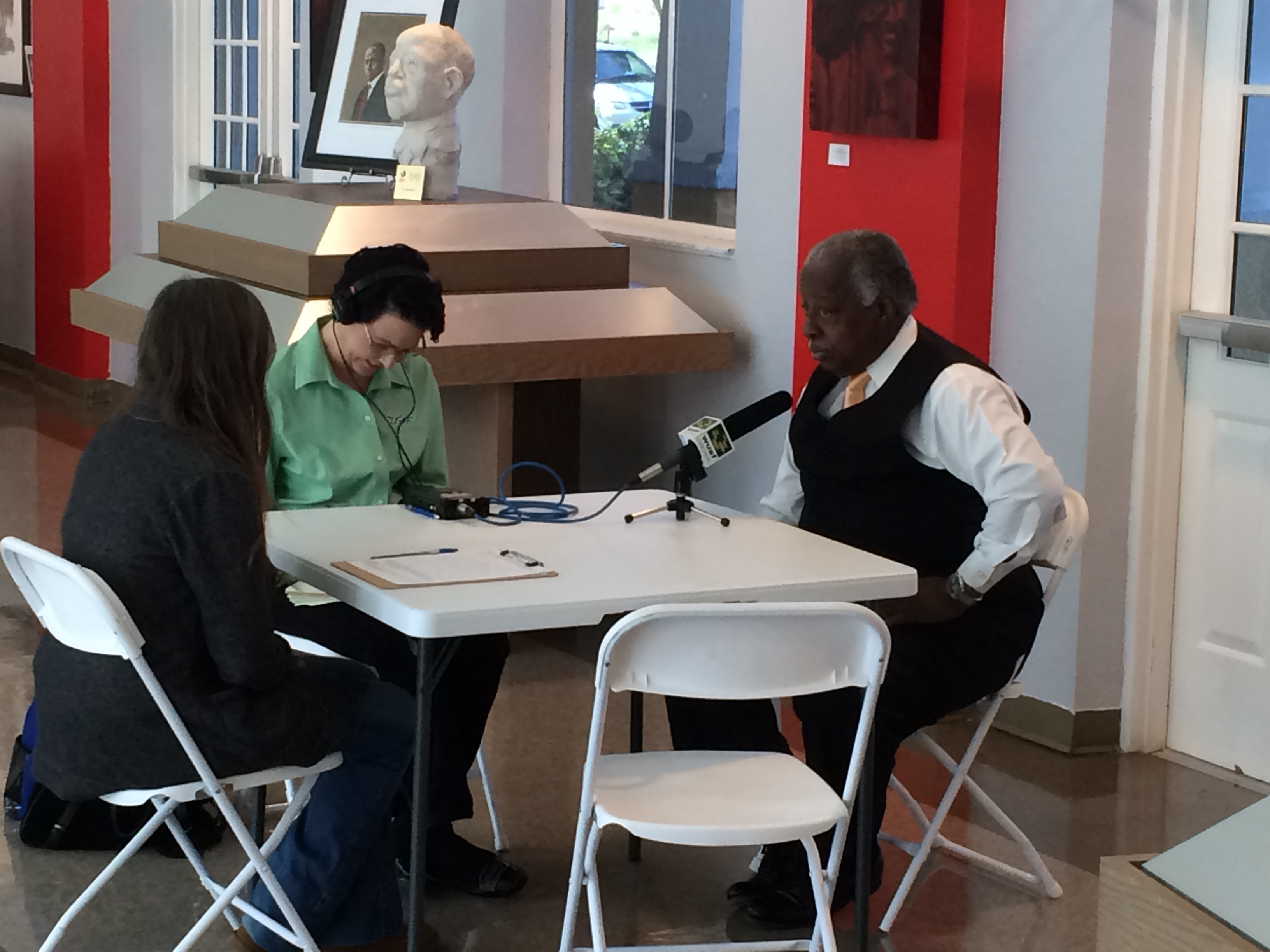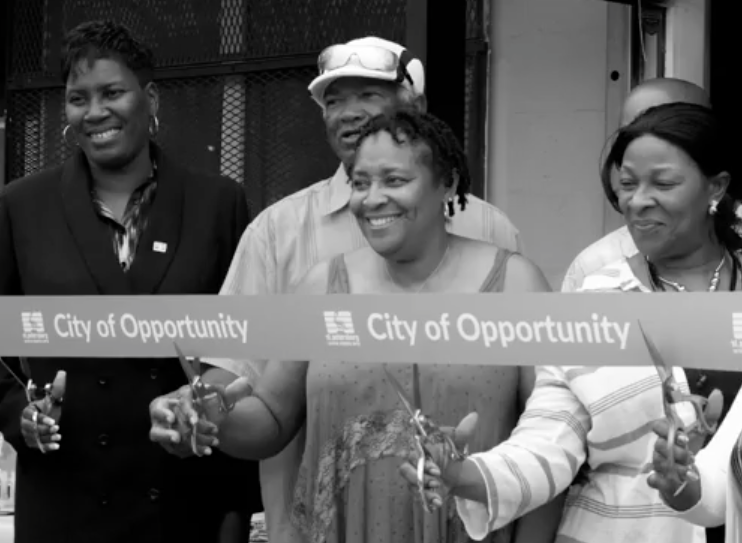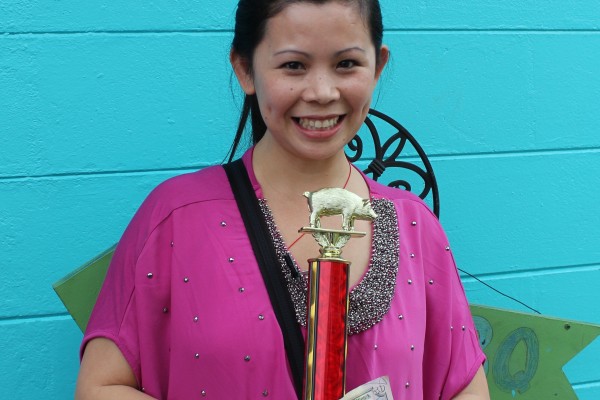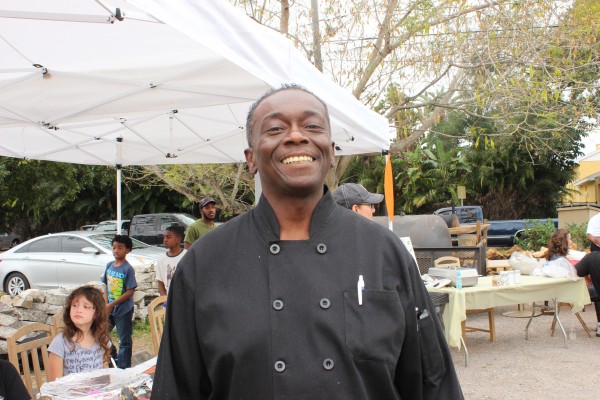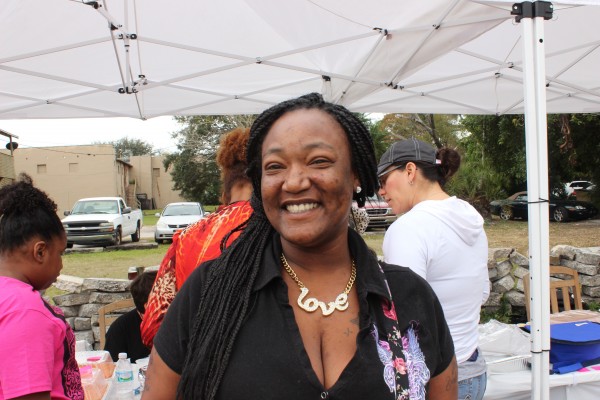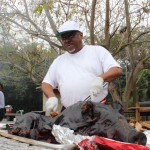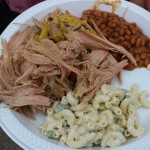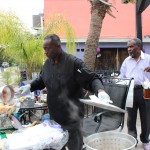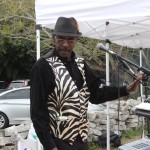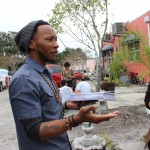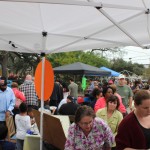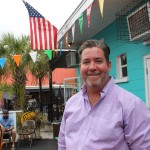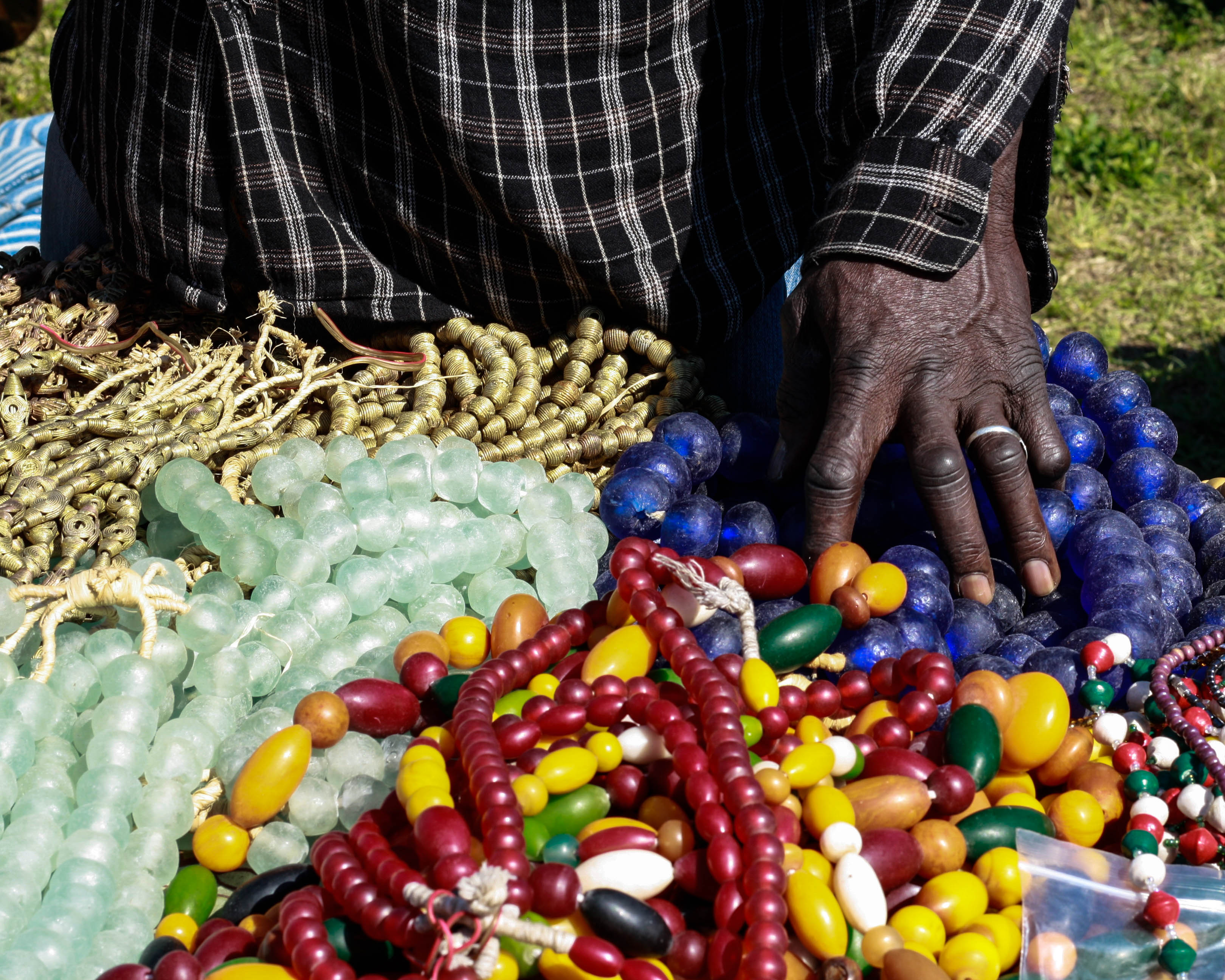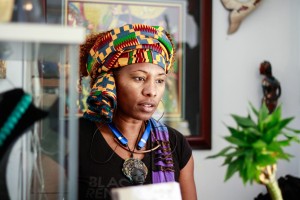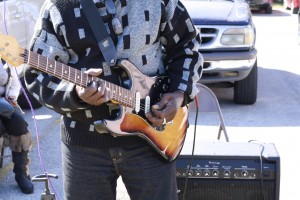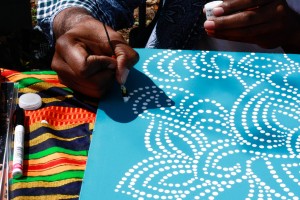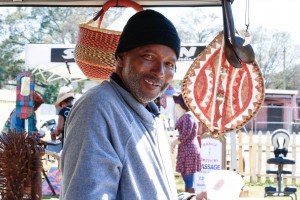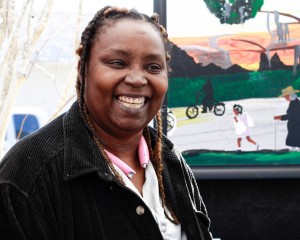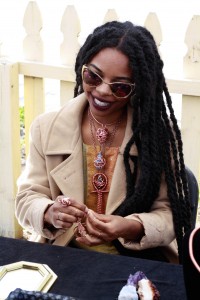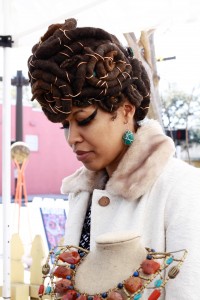BY DAVID STONER, Neighborhood News Bureau
Most people know that Roberto Clemente, Willie Stargel, and Frank Robinson are three of the greatest baseball players of all time. What people may not know is that these ballplayers, along with others, were a part of Midtown history.
During the late 1950’s and 1960’s, many of the teams in major league baseball conducted spring training in St. Petersburg. This era was a time of racial tension and segregation. Baseball was not exempt from these divisive issues. During spring training, most teams typically stayed at one of two hotels in St. Petersburg; the Vinoy and the Soreno.
Segregation issues resulted in the minority players being denied the right to stay with the team in those hotels. Instead, the minority ballplayers sought housing in St. Petersburg’s African-American community. Paul Stewart, whose grandparents housed some of the ballplayers, remembers the era well. “Here were these guys making all of this money and they couldn’t even go downtown and sit to have a meal. Can you imagine having all this money and you couldn’t spend it because you can’t go places. That stuck in my mind then and now. They had to live in our house and couldn’t live with all ballplayers in a hotel.”
Local families around the Midtown community invited the ballplayers into their homes for lodging and meals. It was not unusual for those Midtown homeowners to have every available room filled with mattresses and rollaway beds to accommodate the visiting ballplayers. Players were invited to share meals with the host families. They were treated like family.
Beatrice Harper and her husband, along with their grandson, Paul Stewart, opened their homes for lodging and meals at 1739 18th St. S. in Midtown to several famous ballplayers, including Roberto Clemente, Willie Stargel and Frank Robinson. Stewart recalls his experiences he had with the visiting ballplayer Roberto Clemente. “I had twin beds in my room, and Roberto Clemente used to be my roommate when they came up.”
The hosts and their families had unique opportunities to interact with the famous ballplayers. One such opportunity, Paul Stewart remembers was helping Robert Clemente learn English in the evenings, in his room, after practice. “He was just learning English and what we would do at night was we would sit up in the bed and he would try to explain to me different events that happened to him during the day and he wanted to know what should he have said, so I would try to give him the English version of what he should say in certain situations.”
The neighborhood children also enjoyed special opportunities to play impromptu baseball games with the baseball superstars. In the backyard, behind the Harper home, the neighborhood kids fashioned a baseball diamond where the big leaguers would come over and play with them after returning from practice. “My buddies and I cut the grass with lawnmowers. We had our own little baseball field back there. It was big enough to hit the ball as long as we wanted”, said Stewart. Some of the players who joined in in the games were Clemente and Stargel. Stargel was known as the clown of the group and kept everyone laughing.
Despite having to endure the injustice of segregation, the ballplayers presence in Midtown enhanced the already deep and proud history of the area.
Listen to the interview recorded during the “Telling Tampa Bay Stories: Midtown” event in partnership with WUSF.
https://soundcloud.com/user-523497906/interview-with-paul-stewart-recorded-by-david-stoner-neighborhood-news-bureau-reporter/s-k0BPr
You can also listen to the version of the story that was aired on Florida Matters.

